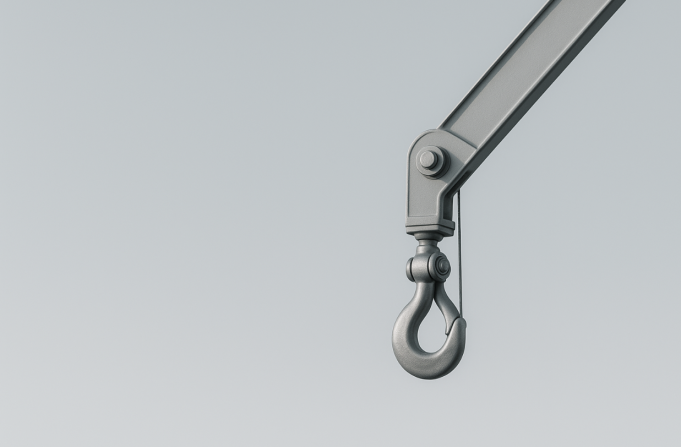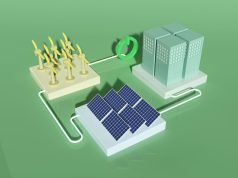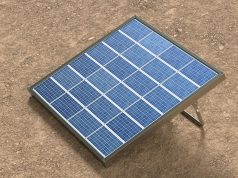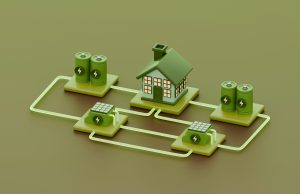Efficient delivery of renewable energy components is vital for reducing carbon emissions and supporting sustainable practices. Large-scale items like turbines and solar panels pose unique challenges in transport and installation. Using specialized equipment ensures precision and safety in these eco-friendly projects.
Sustainable transport strategies are essential for the successful installation of renewable energy infrastructure. As the demand for renewable energy increases, so does the need for efficient delivery methods. The movement of large and delicate components such as turbines and solar panels requires careful consideration to minimize environmental impact. Integrating sustainable practices from the outset can significantly reduce the overall carbon footprint of these projects. In this context, Hire a Hiab crane plays a crucial role in ensuring safe, precise installations while adhering to eco-friendly standards.
Challenges of transporting large renewable components
Transporting large renewable energy components presents several challenges that require innovative solutions. Turbines and solar panels are not only bulky but also delicate, demanding meticulous handling to avoid damage during transit. The sheer size of these items necessitates specialized vehicles and equipment capable of accommodating abnormal loads safely. Navigating narrow roads or urban environments further complicates the transportation process, often requiring route planning and logistical coordination to ensure smooth passage.
Additionally, compliance with local regulations regarding load dimensions and weight limits is imperative. Transport operators must be well-versed in these rules to avoid legal issues or delays. Weather conditions also pose a risk, as heavy winds or rain can exacerbate the difficulty of moving such large items. Addressing these challenges requires a collaborative approach involving engineers, transport specialists, and project managers working together to devise tailored solutions.
Efficient delivery methods reduce carbon footprint
Adopting efficient delivery methods is important for minimizing the environmental impact of renewable energy projects. By optimizing routes and employing fuel-efficient vehicles, project managers can significantly cut down on emissions associated with transportation. The use of digital tools for route planning allows teams to select the most direct paths, reducing both travel time and fuel consumption.
Furthermore, incorporating multimodal transport options—such as rail or sea freight—can further decrease reliance on road transport, which is often more carbon-intensive. Advanced logistics software enables real-time tracking and coordination, ensuring that each component arrives precisely when needed without unnecessary delays. These strategies not only benefit the environment but also enhance project efficiency by streamlining operations.
The role of specialized equipment in installations
Specialized equipment plays an important role in the safe installation of renewable energy components. Cranes are indispensable for lifting and positioning heavy items like turbines onto their foundations. Their precision and strength allow for safe maneuvering even in challenging conditions. Employing such equipment reduces the risk of accidents and damage during installation, safeguarding both personnel and materials.
Cranes equipped with advanced features offer improved stability and control, crucial when working in tight spaces or adverse weather conditions. This enhances operational safety while maintaining project timelines. Additionally, utilizing specialized equipment minimizes manual labor requirements, thereby reducing occupational hazards associated with heavy lifting tasks.














